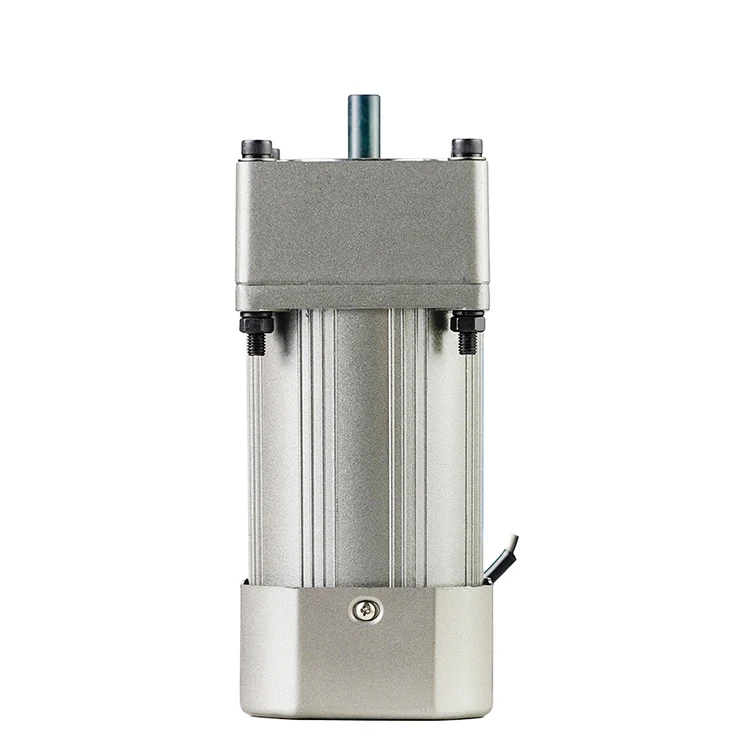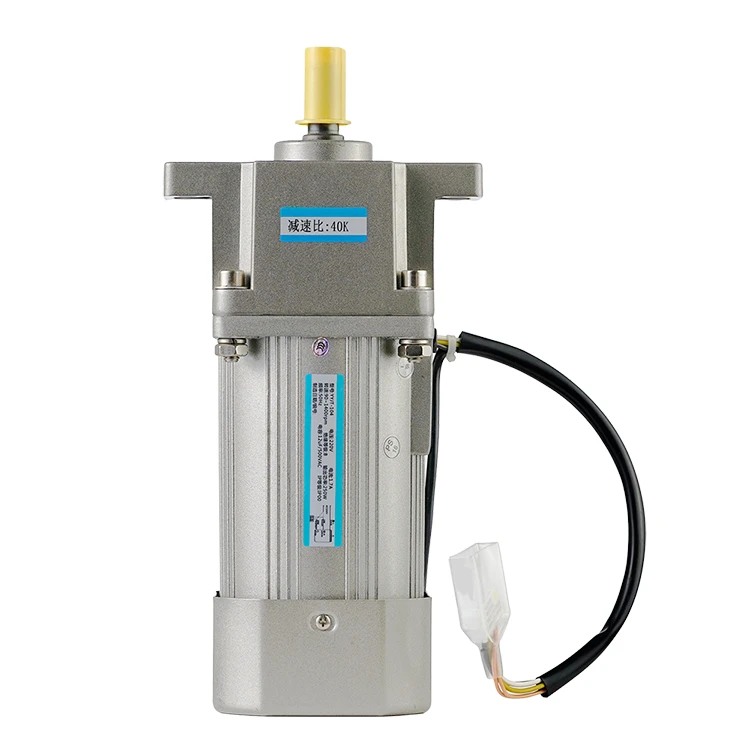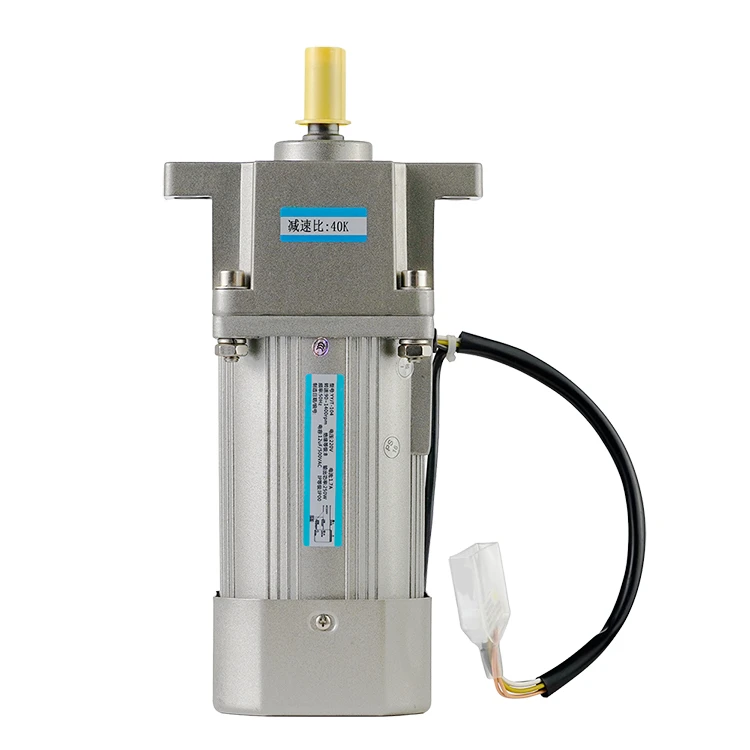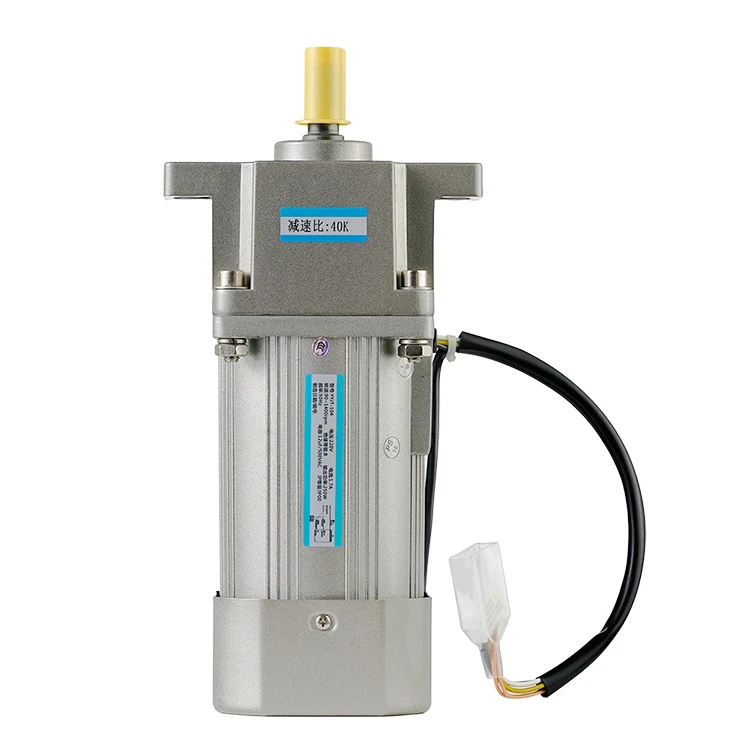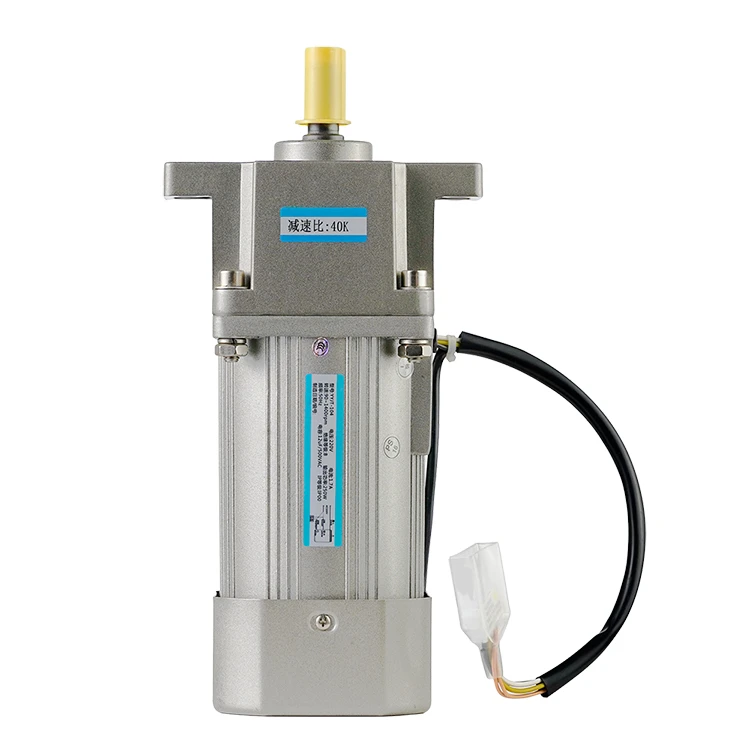How to Speed Control AC Motor
2022-12-13 17:09:28
Controlling the speed of an AC motor can be useful in a variety of applications, such as adjusting the speed of a conveyor belt or fan. In this essay, we will explain the steps involved in speed control of an AC motor, as well as some considerations to keep in mind.
To control the speed of an AC motor, you will need to use a speed control device, such as a variable frequency drive (VFD) or a rheostat. A VFD is an electronic device that varies the frequency of the AC power supplied to the motor, while a rheostat is a mechanical device that varies the resistance in the circuit.
How to control the speed of AC motor?
To control the speed of an ac motor , follow these steps:
- Disconnect the power supply to the motor. This is important for safety, as working on the electrical connections of the motor can be dangerous. Make sure that the power supply is completely disconnected and that there is no risk of electric shock before proceeding.
- Determine the type of speed control device that you will use. A VFD is suitable for most applications, but a rheostat may be suitable for smaller motors or simpler application.
- Install the speed control device. You will need to connect the device to the power supply and to the motor, following the instructions provided by the manufacture.
- Test the motor. Once the speed control device is installed and the connections are secure, you can test the motor to ensure that it is functioning properly. Reconnect the power supply and switch on the motor. Observe the speed of the motor shaft and adjust the settings on the speed control device as neede.
- If the motor is not running at the desired speed, you may need to adjust the settings on the speed control device. Consult the owner's manual or the manufacturer for guidance on how to adjust the setting.
- If the motor still does not run at the desired speed, you may need to consult the owner's manual or contact the manufacturer for further assistanc.
Conclusion
Controlling the speed of an AC motor requires the use of a speed control device and some modifications to the motor circuit. This process is not suitable for all motors, and it may not be feasible for some applications. It is important to consult the owner's manual or the manufacturer for specific instructions and guidance before attempting to control the speed of an AC motor.
See What Lunyee Can Do For You
Contact Us
- 8619149417743
- +86-0371-5562 0274
- [email protected]
- Zhengzhou, Henan Province, China
- Mon-Fri: 9:00 - 18:00
